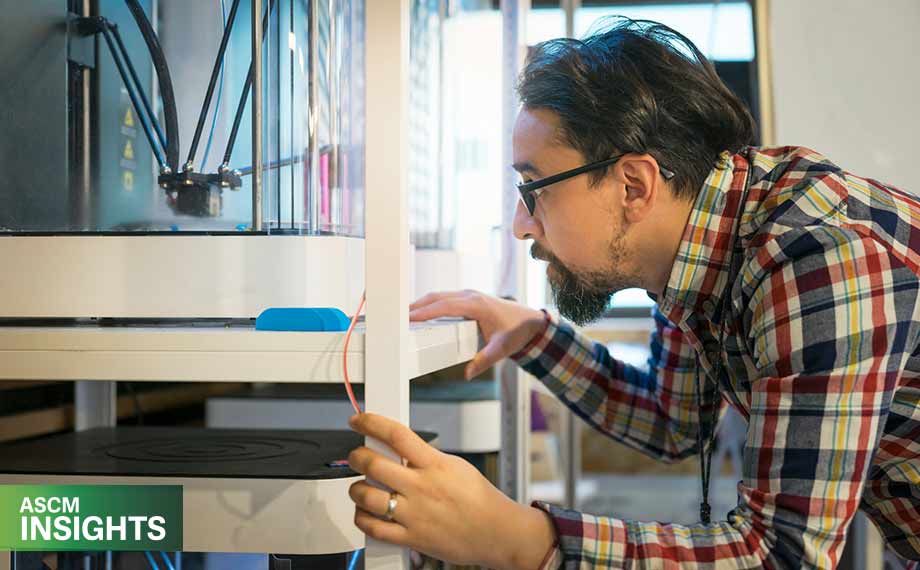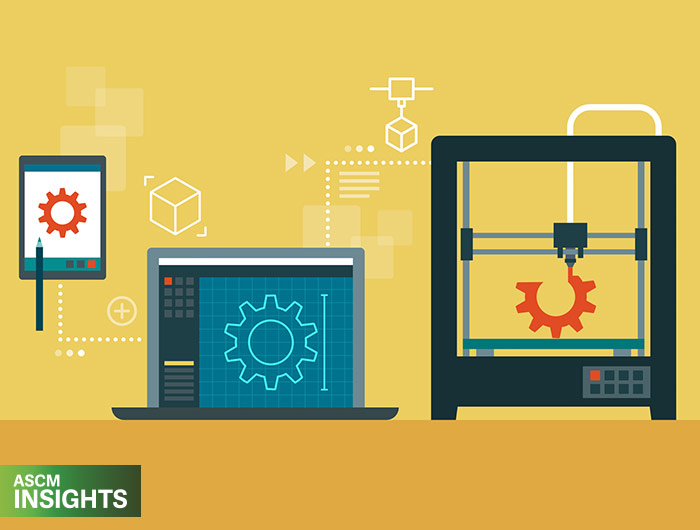More and more supply chain organizations are tapping into the power of additive manufacturing. Many choose to integrate the technology into their own, in-house processes; others opt to outsource. As with most business decisions, there are pros and cons along either path. If you’re wondering which is the best option for your supply chain organization, consider the following six points:
1. Location. If you only need to supply parts within one country or region, having 3D printers centrally located will likely be the optimal solution. However, if supplying parts globally, shipping parts to the other side of the world is expensive, even without ongoing supply chain disruptions. Engaging with multiple partners or a 3D printing platform could be the better choice.
2. Design flexibility. When a product is in the prototyping phase, parts need to be produced, tested (and sometimes redesigned) multiple times. This is easiest and quickest when 3D printing is close at hand, as modifications can be communicated and executed quickly. If outsourcing, it likely will take longer to make changes.
3. Scalability. When considering scalability of in-house versus external 3D printing, two factors need to be considered: first, the quantity of different designs. As the number of 3D printing technologies and materials has proliferated, the printer-material combinations have become virtually endless. If you plan to produce a large array of different products, this will most likely mean producing them with different materials and printing technologies — and thus buying multiple different printers. In this case, outsourcing is the better solution to reduce complexity and investment costs. Second, consider the number of parts. If large quantities are needed, it might be preferable to outsource in order to reduce complexity and production time. Ultimately, it’s about assessing your specific needs to ensure a return on investment.
4. Investment. Although there are budget-friendly desktop 3D printers on the market, for certain parts, you might need high-end systems that require significant upfront investment. On top of that, maintenance, material procurement, and training and hiring of employees will increase the overall cost. If these expenses are not justified by production volume or innovative power, outsourcing is likely to be most cost-effective.
5. Capability (know-how and quality assurance). Additive manufacturing differs highly from other manufacturing methods, and there are several design and production guidelines you need to follow to ensure high-quality parts. This isn’t a problem if you have the right internal expertise and resources, but if you’re falling short, then outsourcing is probably the best way to ensure high-quality parts.
Or perhaps do both
In some cases, combining both strategies might be the best solution: Produce the parts in-house that can be handled by your own 3D printer, and order the rest of the parts externally. This might sound like it needs a lot of coordination, but with a digital platform, it’s quite simple. Within your personal platform, just connect your own 3D printers, then either select to print the parts in-house or place an order. This may very well be a great option for your supply chain.
Study additive manufacturing in supply chain, appropriate use cases and in-house vs. outsourcing considerations with the ASCM Supply Chain Technology Certificate.



